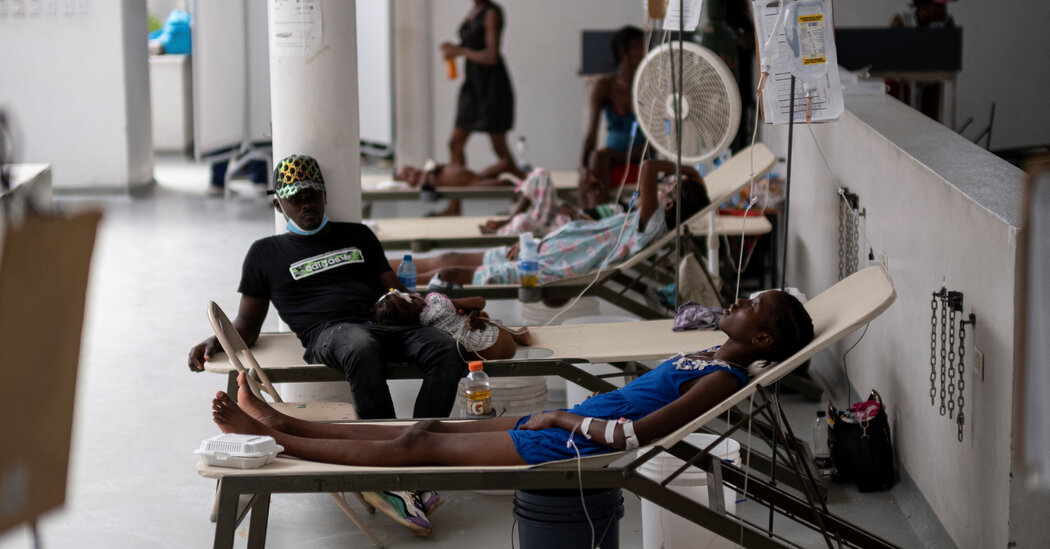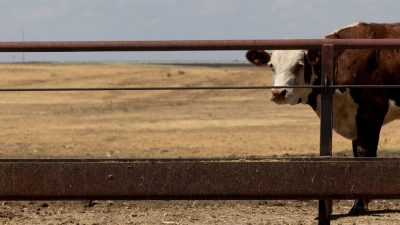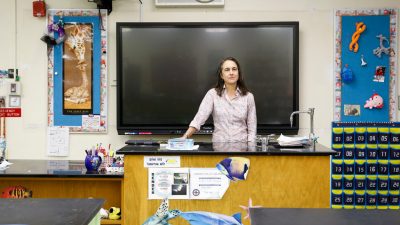Dr. Barboza said that EuBiologics was producing at capacity and working to expand its production, and that another drugmaker would soon begin to produce the vaccine.
“But even a sharp increase in production will be low compared to the need,” he said.
Drugmakers in high-income countries have little interest in making the vaccine, which typically sells for about $1.50 adose, Dr. Barboza said. “It’s a marker of vulnerability and poverty and will never affect a rich country not at war.”
A second problem is that the funds to buy more cholera vaccines often come out of the same limited envelope allotted for the drinking water and sanitation work that is necessary in an outbreak, said Gian Gandhi, the chief of health emergencies strategy for UNICEF’s supply division.
While the global cholera case count is high, death numbers, at the moment, remain relatively low, which reflects the fact that cholera treatment is relatively cheap and simple. “Even countries that have not been exposed to cholera before, they can learn quickly,” Dr. Garone said.
The International Center for Diarrheal Disease Research, Bangladesh hospital, where the cholera treatment was pioneered and which played a key role in the development of the vaccine, saw a record number of cholera patients in March and April this year. Instead of a typical 400 patients a day, the hospital treated 1,500, most of them in giant tents erected outside the facility to absorb the crowds, said Dr. Tahmeed Ahmed, the center’s executive director. There, the driver was not flood but heat: Extreme temperatures led to large-scale population movement, leaving people without clean water.
But only a few people died, he said, because simple oral rehydration salts and antibiotics will cure most cases. Then, to help end that outbreak, more than two million people were vaccinated using contact tracing to hot spots. Bangladesh has been working toward preventive vaccination in known cholera flashpoints in an effort to keep outbreaks from starting.
Dr. Berkley said that currently 85 percent of the supply was being used in emergencies. “If you could go in and do preventive vaccination in these hot spots, you could blot out these different places that are where the disease is transmitted from,” he said.
Sumber: www.nytimes.com












